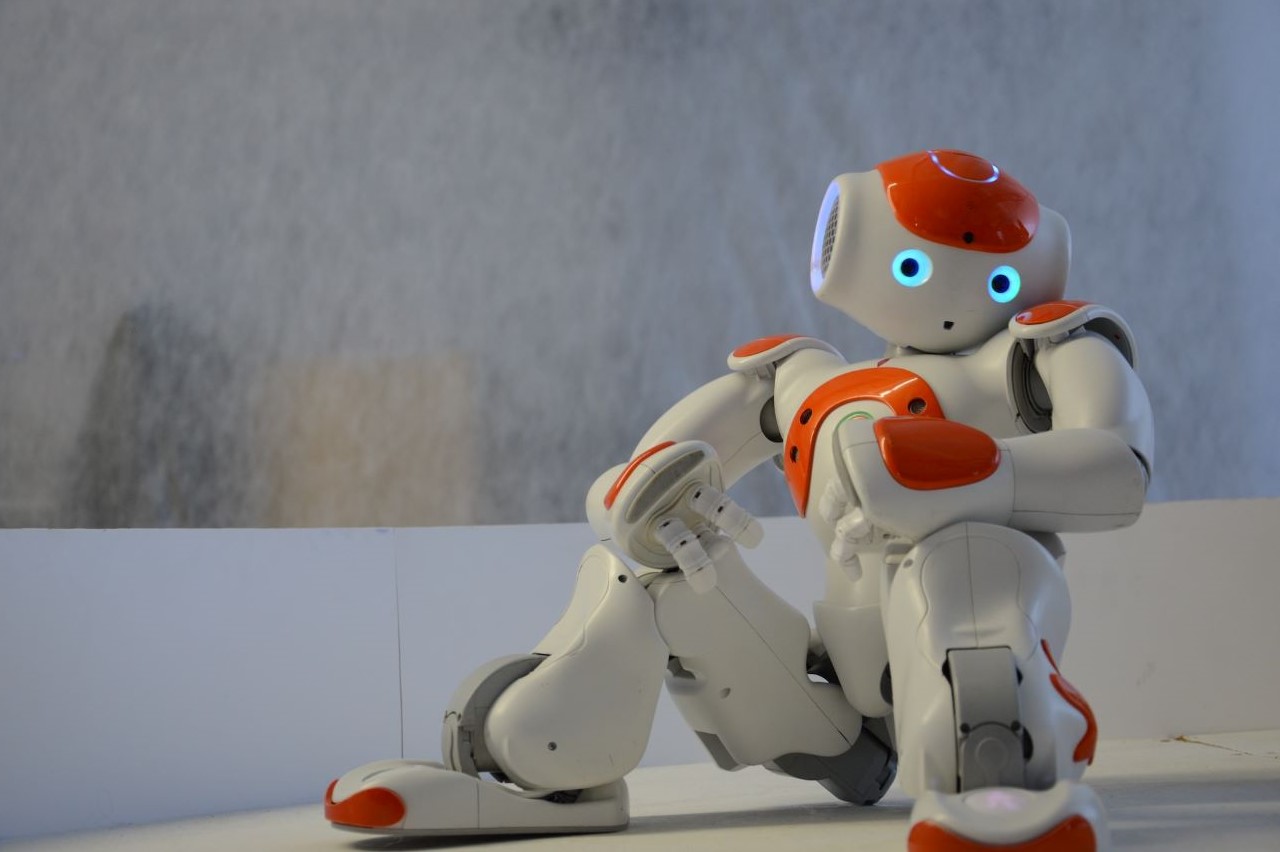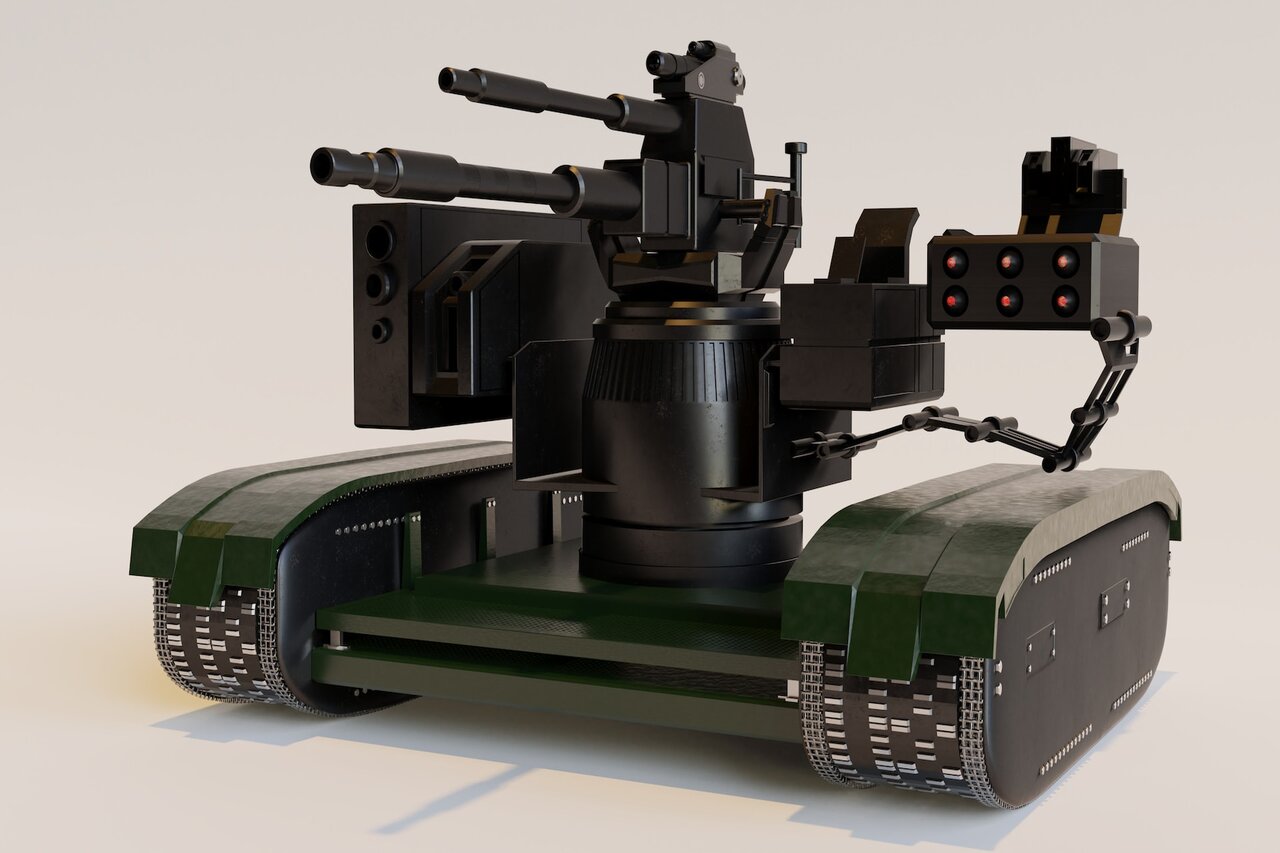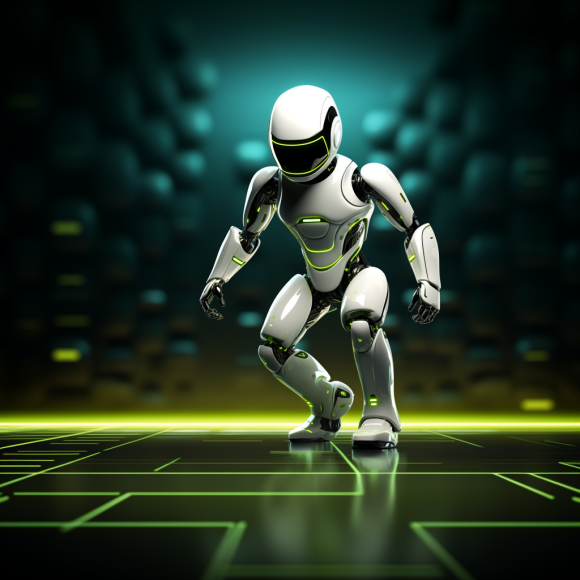Want to learn more about the advances in robotics this year?
Robotics is a rapidly advancing field of technology, each year bringing modern innovations and designs. 2019 has been no different, with many new robotic concepts taking over industries. From 3D imaging bots used in farming to interactive robots able to diagnosis patients, there have been plenty of development you won’t want to miss.
1. Single Product Delivery
New advances in robotics have led to autonomous bots able to deliver individual products to their precise destinations on deadline and intact. One example is Google’s Nuro, which can deliver items like groceries and hot food.
The bot, which takes advantage of sensors, GPS technology and more, is already making the rounds in parts of Phoenix, Arizona. And Amazon, a well-known digital giant, has made claims about an advanced parcel delivery service staffed by flying drones, with promises of delivery times around one hour.
2. 3D Bots in Agriculture
The combination of AI (artificial intelligence) and 3D robotics has improved agricultural and farming industries, allowing new technologies to replace repetitive and nuanced processes.
The low-cost solution offers enhanced surveillance, with drones able to provide aerial views of a property and pinpoint problem areas, such as a difference in crop color, size and growth patterns. Big Data can also be used to handle the care and upkeep of raising crops properly as well as meet demands caused by employee shortages.
3. Interactive Healthcare
Many hospitals are already using delivery bots to move supplies around various halls and corridors. Bots can complete repetitive tasks to allocate man-hours to more essential areas. But others are taking tech integration to the next level with bots that interact directly with patients.
Sophie, a robot developed by Geppetto Labs, can help diagnose medical ailments by listening to tone of voice, assessing body language, analyzing photos and more. All necessary information is instantly passed on to a physician and double-checked to assure accuracy.
4. Self-Driving Vehicles
Taking a vacation in a car that drives itself is hurtling closer toward reality. Today, self-driving cars are already in use by services like Uber, where you can ride around cities like Pittsburgh and San Francisco in style. Lyft has also partnered with Google-subsidiary Waymo to provide riders a twenty-first-century experience.
Regulations on self-driving cars — including a bot’s action when an accident is unavoidable — are still being drafted. Many believe coding these standards into AI could prevent robots from causing undue harm. Many car manufacturers, including Tesla, BMW, Ford and Honda, are already working on self-driving cars designed for regular consumers.
5. Collaborative Co-Workers
Collaborative robots, called cobots, are a new advancement in technology able to work safely alongside human counterparts. These robots don’t need to be secured behind cages and are sleeker than previous industrial bots.
Cobots are easy to set up, basically plug-and-play, and can begin operations immediately. Traditional robots are bolted to the floor and used for a specific application, but cobots are mobile and flexible. They don’t require much space and are for a variety of uses and operations.
6. Cloud-Based Robotics
With cloud-based robotics, Big Data, AI and machine learning can be used to improve natural language processing, object recognition, image classification and more. Leveraging the cloud could ultimately result in smarter machines able to teach themselves.
By decentralizing computing resources, companies can cut costs while processing information more efficiently. Cloud-based operations can also be scaled to meet requirements and increase capacity levels in large enterprise systems.
Robotics, like most technologies, has been rapidly on the rise in the last decade. New designs have made it easier for businesses to integrate robotics while making processes cheaper and more efficient.
From robots that can work alongside humans to cost-cutting software stored in the cloud, there are plenty of new advances in robotics to learn about.
Recent Stories
Follow Us On
Get the latest tech stories and news in seconds!
Sign up for our newsletter below to receive updates about technology trends














